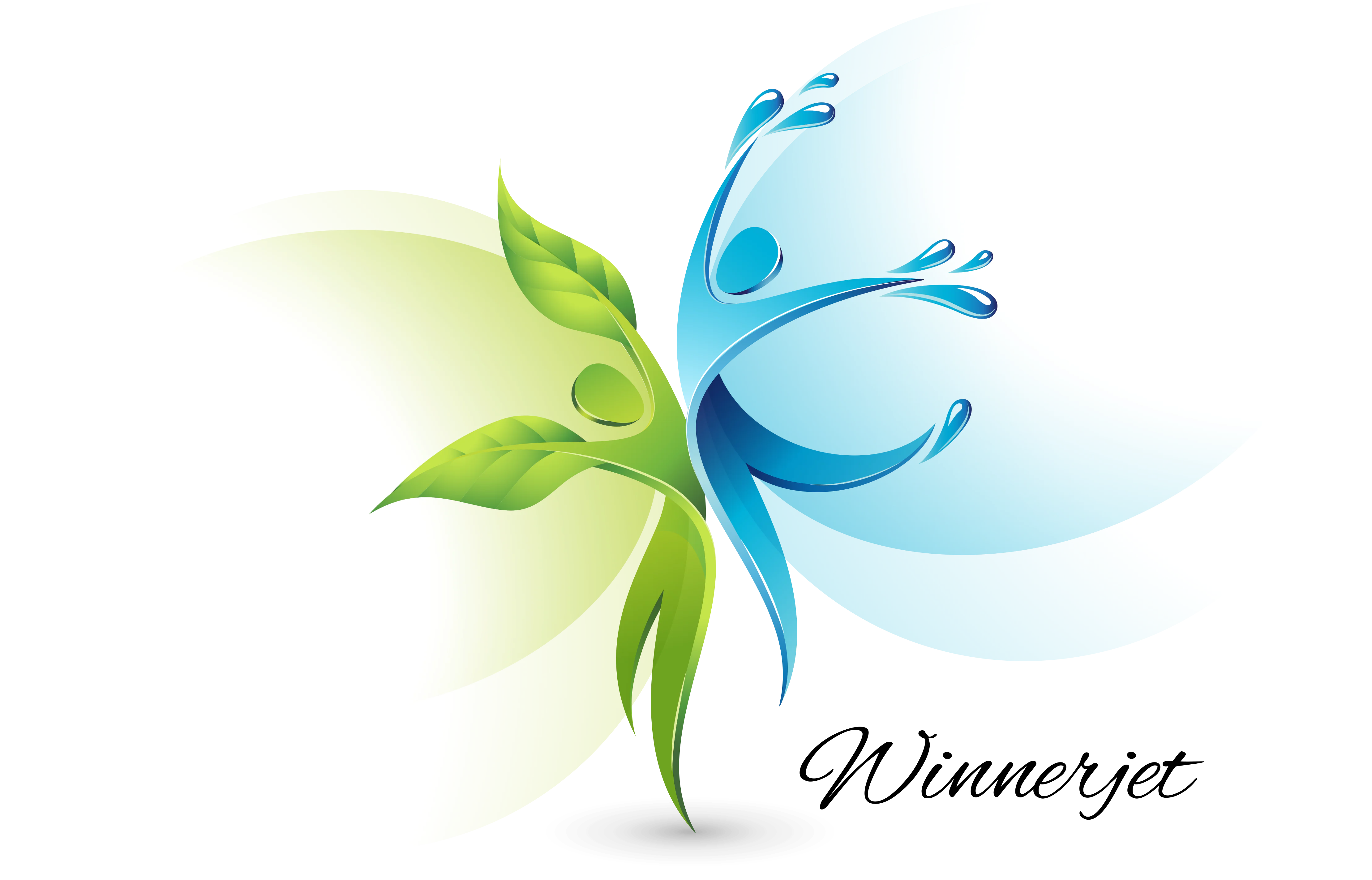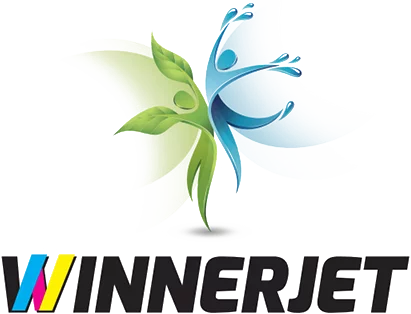UV Printer, also known as LED inkjet printers, use ultraviolet light to cure UV ink to produce vivid and long-lasting images. UV printers can print on hard materials such as glass, tiles, plastics, wood, and metal. Strong material compatibility makes UV printers more and more popular in various industries.
Working steps of UV printer
- Design creation: Use design software to create print patterns. Convert the design to the format supported by the printer.
- Prepare materials: Place the substrate on the printer and adjust the position so that it is placed correctly.
- Printing: Fill the ink, adjust the printing setting parameters, and start printing.
- Curing ink: The UV LED lamp emits ultraviolet light to cure the ink on the material instantly.
- Finishing: After printing, the product is cut and pressed to improve durability.
Advantages Of UV Printer
UV printers have many advantages that meet the needs of enterprises:
- Compatibility: UV printers can print on a variety of materials, such as glass, ceramics, wood, wall, plastic, metal, leather, and other hard materials.
- High efficiency: Since the ink is instantly cured by ultraviolet light, the production efficiency is higher than other printing methods.
- High quality: The printed images of UV printers are clear in detail and bright in color.
- Durable: Prints made with UV ink are UV-resistant, waterproof, friction-resistant, and non-fading.
- Environmental protection: UV ink uses an environmentally friendly formula without adding harmful solvents to reduce pollution.
Disadvantages of UV Printer
While UV printers offer numerous advantages, they also have some disadvantages:
- Initial Cost: UV printers are priced on the high side, especially for high-quality, large machines, which could be more user-friendly for small businesses and individual users.
- Ink Cost: UV inks are more expensive than traditional inks, making overall production costs high, especially for large orders.
- Limited Colors: Some UV printers can have difficulty matching colors, especially when trying to achieve certain hues. This can be a problem for projects that require precise color fidelity.
- Maintenance Cost: UV printers require regular maintenance to ensure they are running efficiently. UV lamps must be replaced regularly to prevent the print head from clogging.
Application Areas of UV Printer
UV printers are used in various industries. Some common areas include:
- Signage: wear-resistant outdoor advertising signs.
- Packaging: packaging boxes made of various hard materials.
- Decorative printing: wall paintings, glass paintings, patterned tiles, etc.
- Industrial printing: large-scale industrial printing of components and parts with markings.

Summary
In short, UV printers are characterized by high-quality, multi-function, and high-speed printing. If you are engaged in packaging box decoration printing, understanding the workflow and application of UV printers will be helpful to you.
FAQS
Can UV printers print fine details?
Yes. Due to their high precision and instant curing properties, UV printers excel in processing complex designs and tiny text.
Does UV ink have any health effects?
Most UV inks are low-volatile and low-toxic and are generally more environmentally friendly than traditional solvent inks.
Are UV printers suitable for printing outdoor products?
Yes, products printed by UV printers are generally very durable and suitable for outdoor use. The prints are resistant to UV rays, scratches, and water damage and can maintain good condition in various weather conditions.
Will the images printed by UV printers fade?
It takes work to fade. After curing, UV inks can effectively resist the influence of UV rays and environmental factors and maintain the vividness of colors.
Does the UV printer require special materials?
Not all materials are suitable for UV printing. Some surfaces may need pre-treatment to ensure good adhesion of the ink.


